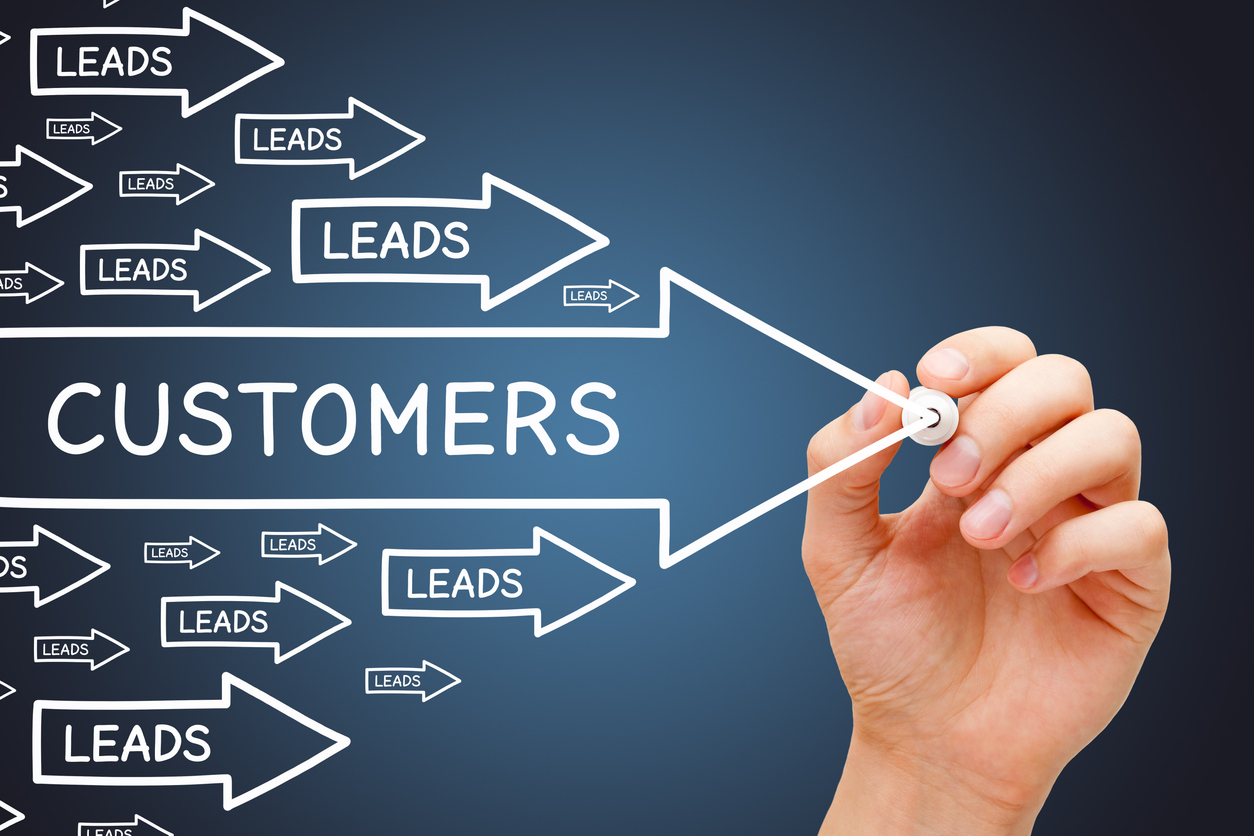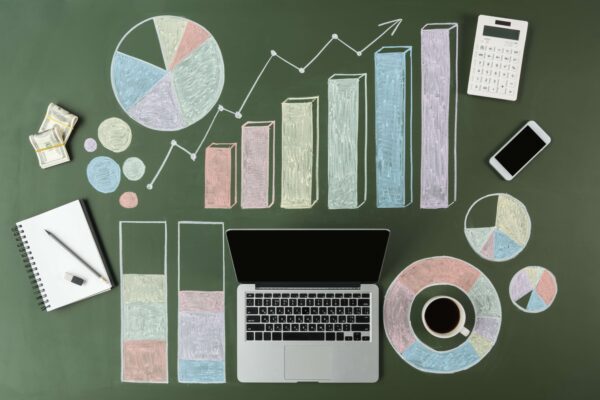The standard playbook for sales teams across industries has included a layer of Sales Development Representatives (SDRs), who take the initial step of qualifying leads before passing them on to account executives to close the deal. The model is popular because it works, but it comes with potentially significant trade-offs.
Hiring and training SDRs takes time. Additionally, every professional hire contributes to the headcount and associated costs. It’s why an SDR-based approach can be difficult to sustain for small or lean sales teams.
At the same time, the need for lead qualification has only risen in recent years. Inbound interest, from website forms and chats or referrals, continues to increase, and most new contacts are far from ready to buy. Not having the filter that SDRs can provide means account executives have to spend their time on prospects before they’re qualified, an inefficient use of resources that can also let sales-ready leads slip through the cracks.
Fortunately, technology has brought new possibilities for lead qualification. Today, sales teams can allow digital tools to handle the qualification process. This post explores how to qualify leads without a traditional SDR team, including the pros and cons of this alternative approach and how lean teams can scale it over time.
Why Lead Qualification Matters
Qualified leads tend to result in a higher return on investment and effort for sales teams. They add a filter, making sure that no leads look the same. Curious visitors, comparison shoppers, and ready-to-buy prospects can be categorized more easily to ensure that the messaging is unique to each segment’s needs and the team’s effort is spent where it can make the most impact.
According to FasterCapital, companies that excel at nurturing and qualification generate 50% more sales-ready leads at a 33% lower cost. Meanwhile, firms with structured qualification processes see 20% higher win rates, proving the importance of implementing this process at the early stage of the sales funnel.
On the other hand, poor qualification of leads can be costly. Reaching out with sales pitches to leads who aren’t ready to buy means wasted effort, but also leads to less time spent on actually qualified prospects. Improving the process improves conversions and keeps your sales team focused on the contacts that matter most.
Common Approaches to Lead Qualification
Most sales teams qualify leads in one of two ways: through a traditional SDR business function and human team, or through a technology-based triaging process. Each approach comes with its own nuances, advantages, and tradeoffs.

The Traditional SDR Model
In the standard sales approach, Sales Development Representatives handle inbound leads. They’re charged with following up quickly, making discovery calls, and passing along qualified opportunities to account executives. That model comes with undeniable advantages, including:
- Human judgment, with SDRs able to interpret the nuance in every conversation
- Relationship building, as early human contact, helps to establish trust with prospects
- Flexibility, particularly with SDRs able to adjust on the fly when a prospect has an unexpected need
At the same time, the model also comes with potentially significant limitations. Hiring, training, and retaining human sales development representatives is expensive. That cost becomes more important because SDRs can have short tenures, often driven to sales roles later in the funnel because of the number of unqualified prospects they have to interact with.
SDRs also cannot respond to all leads instantly. That matters especially because speed to lead is a core predictor of eventual conversion success, with modern studies backing up just how much of a difference outreach in the first hour of a new lead entering the system can make.
For lean teams, these drawbacks are why SDRs may not be a realistic solution. The model works well for enterprise organizations with complex sales cycles, but can become a bottleneck for smaller teams.
Lead Qualification Without Sales Development Representatives
Years ago, the challenges of human SDRs, especially for smaller teams, might have been irrelevant without an alternative on the horizon. But in recent years, teams have increasingly begun to use digital tools to manage that crucial first layer of lead qualification. The right tools can capture and sort inbound leads before a salesperson ever gets involved.
Key approaches to automated and digital lead qualification include:
- Conversational chatbots, on websites, via text, or in product experiences, which can ask basic qualifying questions and route prospects accordingly.
- Automated follow-up platforms, which can handle the repetitive task of checking in with leads, surfacing any signals that might show buying intent, and notifying sales reps when someone is ready for deeper engagement
Some platforms combine the two, offering both an automated initial qualification mechanism and follow-ups for leads that did not qualify for follow-ups yet. Especially for lean and fast-growing teams, the benefits of this type of approach are becoming increasingly clear:
- Increased follow-up coverage. Because the system is automated, every lead gets a response, regardless of the time of day or team capacity.
- Consistency. Qualification criteria remain the same across all prospects, only changing to account for strategic nuances like lead source.
- Efficiency. With the technology handling initial follow-ups, human reps can spend their time focusing on sales-ready opportunities.
As a result of these benefits, automated processes for lead qualification also scale more naturally. For growing businesses and teams, increasing the volume of leads no longer means having to scale up costs on the qualification end accordingly.
How To Get Started: Qualifying Leads Without a Sales Development Rep

Qualifying leads without an SDR means putting structure and tools in place so the process happens automatically. These six steps can help to get you started.
1. Define What a Qualified Lead Looks Like
Knowing how to automatically qualify leads means building a clear definition for the software you use. Common criteria in the B2B sector might include company size, industry, or location; role in the buying process; buying signals, like requesting a demo or visiting your website’s pricing page; or a defined budget or timeline for purchase. The more consistent you are in building and applying this criteria, the better.
2. Collect Key Information Up Front
Not all of the data that will eventually help you qualify leads needs to come from follow-up information. You can get them at the first touchpoints to convert your leads, like adding fields to demo request forms or tracking the behavior of your web visitors during the same visit they convert to a lead. The more information you gather up front, the fewer follow-ups are needed.
3. Automate Your First Response
In many ways, your first response to new leads is the most impactful outreach in the entire sales funnel. Research shows that between 35% and 50% of sales go to the vendor that responds to outreach first. Automated emails, texts, or chatbot replies can acknowledge any inquiry immediately and consistently, while also beginning to gather details that might eventually lead to qualification.
4. Score and Route Your Leads
Lead scoring has long been successful as a qualification mechanism because it takes judgment calls out of the equation. It’s as simple as assigning points based on your lead’s behavior, then routing them to your sales teams or into nurturing campaigns when they don’t seem ready to buy. Look for automated ways to score your leads based on your qualification criteria, and route them based on the point thresholds you set.
5. Keep Unqualified Leads Warm
Leads who don’t qualify for direct sales outreach might still be ready to buy eventually. Instead of discarding leads who may say they’re just exploring or may not have a budget, add them to a nurturing campaign that provides periodical resources related to your product and industry. These nurturing campaigns can keep your brand on their minds, ensuring that they’ll remember you when they’re ready to buy.
6. Review and Adjust Your Automations
One potential drawback of automation is the temptation to leave it alone. When something goes wrong on a human call, you know immediately. The automation can run in the background, just waiting for someone to check in. Regularly review the types of leads that convert, and where your funnel tends to break down. Update your qualification criteria and routing, as well as your automations to improve conversions over time.
Choosing the Right Technology for Automated Lead Qualification
The final piece of qualifying leads without Sales Development Representatives revolves around choosing the right technology. Not every tool promising to communicate with leads on your behalf is the same, and you need to make sure that you find a solution that works for your needs and processes.
Look for platforms that integrate with your CRM and include communications tools to respond instantly to inbound leads. Prioritize technology that acts like a built-in filter, keeping your sales funnel clean and freeing up your sales team to focus only on high-value opportunities. AI capabilities can help the platform adjust more dynamically to every unique lead and qualification.
Ready to see what this looks like in practice? Book a demo with Verse to learn how our platform can help your team qualify leads effectively and efficiently, with minimal overhead or human effort required.


